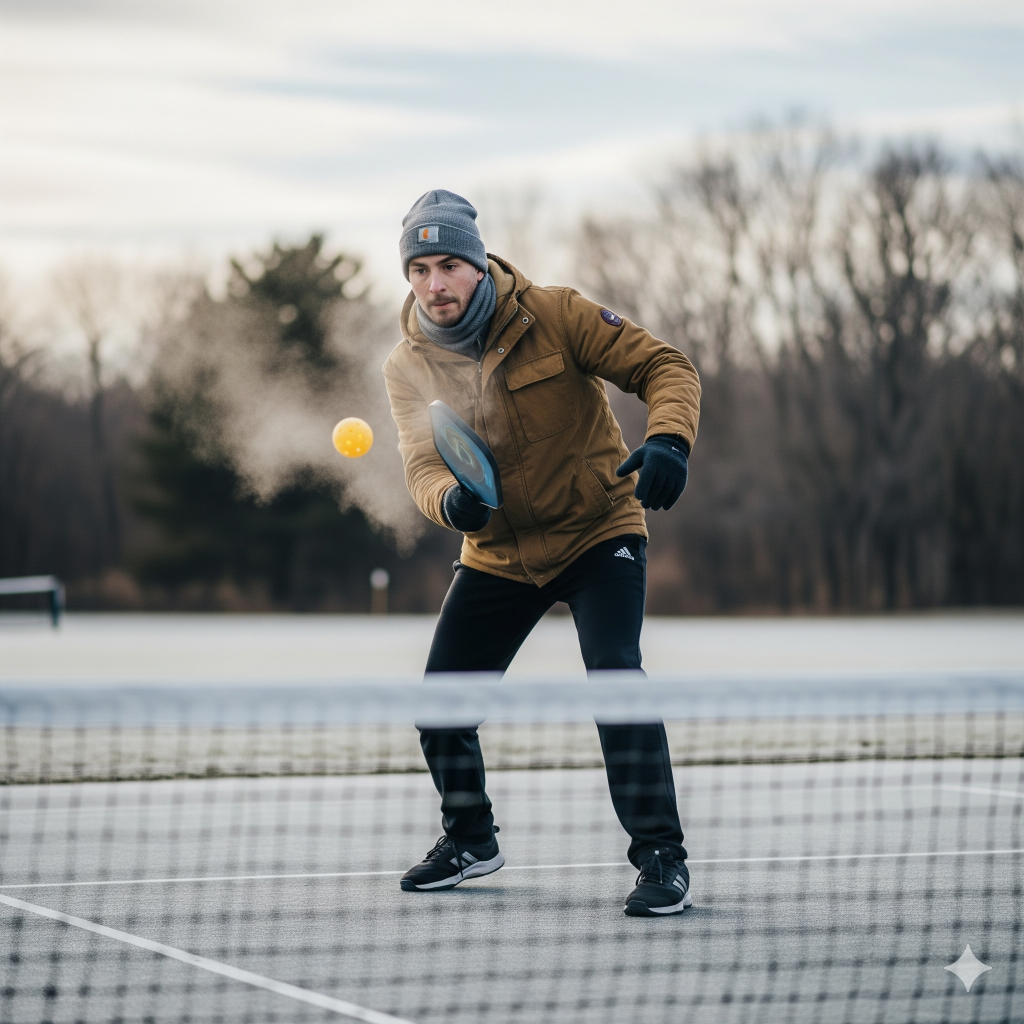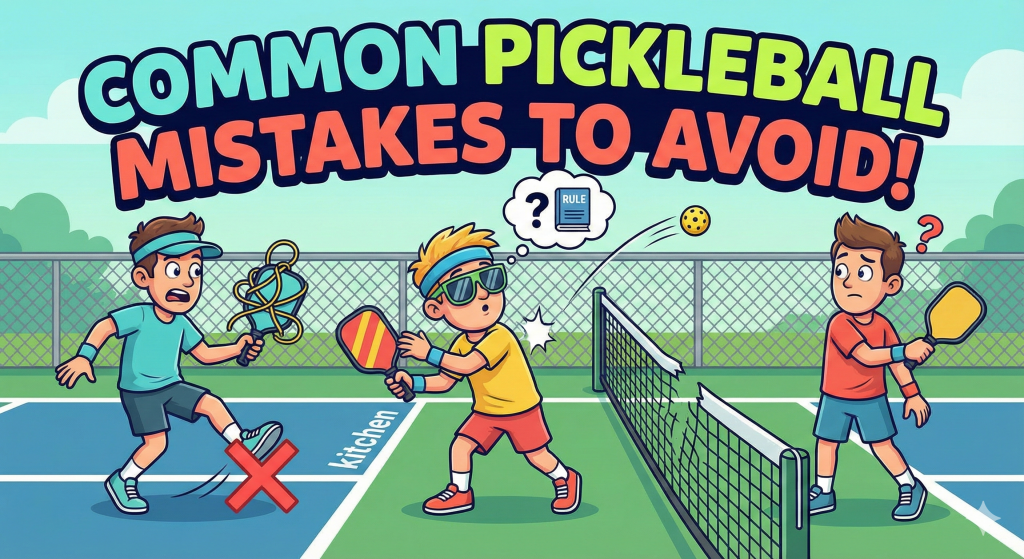
To play pickleball in the cold, wear layers (base, fleece, wind shell) and use a softer ball like the ONIX Fuse G2 to prevent cracking, which happens below 45°F. Expect the ball to feel harder and bounce lower. To avoid injury, double your warm-up time to 15 minutes and wear court shoes with deep tread.
Don’t let dropping temperatures send you into hibernation! Playing pickleball in the cold presents a unique set of challenges, from what to wear to how the ball flies. But with the right preparation and a little know-how, you can stay on the court all year long.
This guide answers all your burning questions about playing pickleball in chilly weather, offering simple, thorough, and ridiculously helpful advice.


